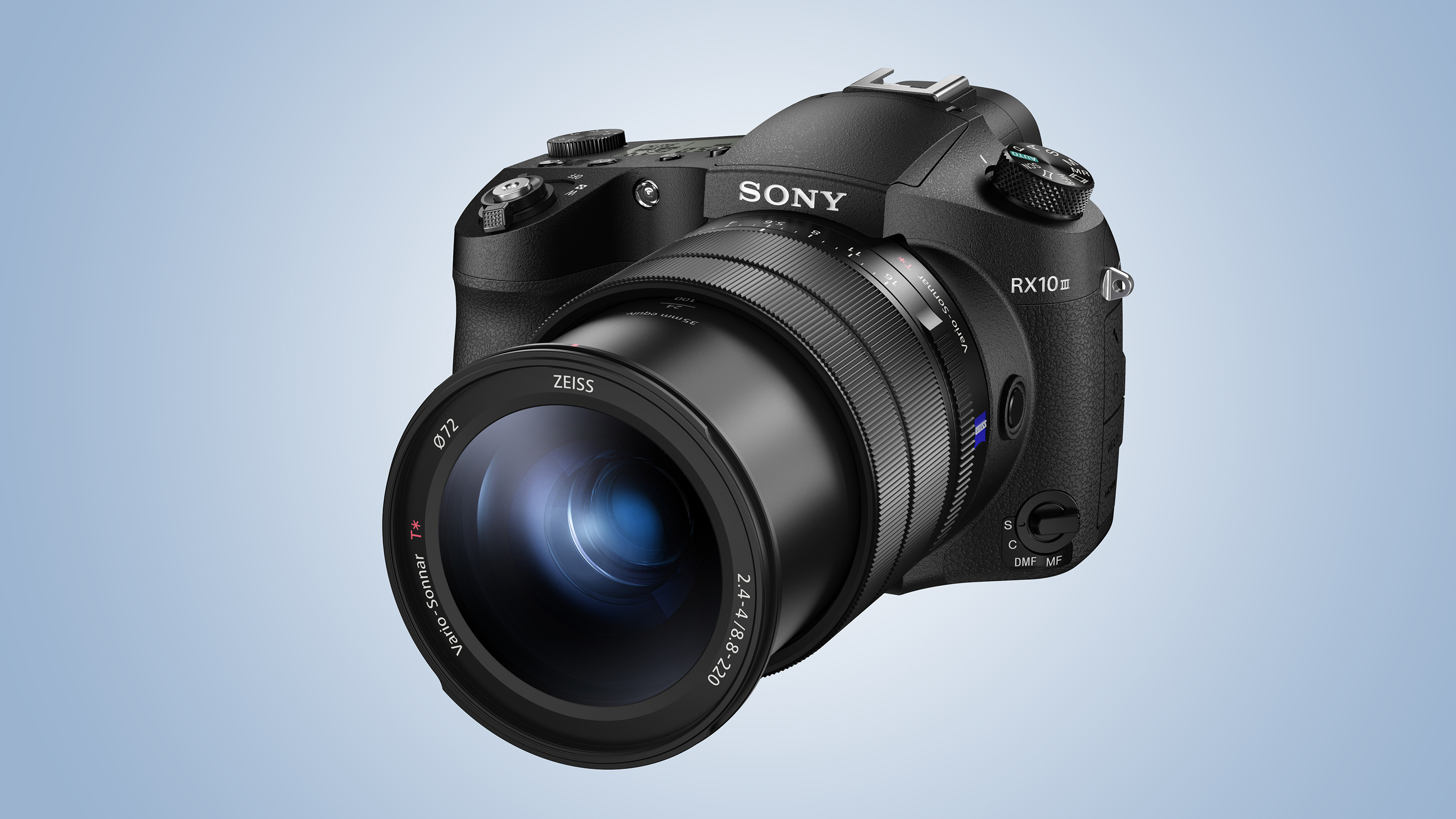What camera should I buy? Here is our step-by-step guide
From simple point-and-shoot compacts to full-frame DSLRs, we explain the differences

Bridge cameras have DSLR-style controls and massive zooms, but image quality isn't a strong point unless you want to pay a premium.
If the size of the camera isn't important but you like the idea of a do-it-all camera with a super-long zoom lens, then a 'bridge' camera is the next logical step.
The name 'bridge camera' comes from the way these cameras are designed to bridge the gap between a regular compact camera and a DSLR. In fact, bridge cameras often look like DSLRs, with a characteristic 'fat' body, a chunky grip on the right hand side, an exposure mode dial on the top and the program AE, aperture-priority, shutter-priority and manual (PASM) modes of DSLRs. Many models now shoot raws as well, but check the specification to make sure.
But while bridge cameras offer monumental zoom ranges, such as the amazing 83x zoom on the Nikon Coolpix P900, there are limitations. In order to achieve these zoom ranges at a manageable size and cost, the makers use the same-sized 1/2.3-inch sensors as you find in smaller compact cameras. You get the look and feel of a DSLR, but you don't get the image quality.
There are exceptions, though. In the past couple of years the likes of Sony and Panasonic have launched bridge cameras with much larger 1-inch sensors, notably the Sony RX10 III and Panasonic Lumix FZ2000 / FZ2500. This comes at the expense of zoom range (though still very impressive and more than adequate for most shooting situations) and, well, expense generally, but most keen photographers would swap a little zoom range for a big step up in quality.
Pros: Massive zoom range; DSLR-style controls and features; versatility and value for money.
Cons: Small sensor size limits the quality (with some key exceptions); detail often quite soft at full zoom; autofocus systems rarely match DSLRs for responsiveness.
Sign up for breaking news, reviews, opinion, top tech deals, and more.
Our pick... Panasonic Lumix FZ2000 / FZ2500GA

The new Panasonic Lumix FZ2000 (known as the FZ2500 in the US) uses a 1-inch sensor, and while the zoom tops out at 480mm equivalent, which is relatively short for a bridge camera, that's still plenty for all but the most extreme everyday use. We'd certainly sacrifice a little for of zoom range for better and faster optics. We love the FZ2000 because it delivers both image quality and zoom range, but if you're looking for something a bit cheaper, the older Lumix FZ1000 is also worth a look.
Read the full review: Panasonic Lumix FZ2000 / FZ2500

A high-end compact is perfect for quality-conscious enthusiasts who want a 'proper' camera small enough to fit in a coat pocket.
Where bridge cameras deliver the most bang for your buck, a high-end compact camera offers a different route towards better pictures. Here, you're not paying for a huge zoom range, but for a larger sensor, a better lens, DSLR-style controls and features and (sometimes) DSLR picture quality.
High-end compact cameras are designed for enthusiasts and experts who want a camera small enough to carry round when a regular DSLR would just be too intrusive or impractical.
The zoom range is nothing special – it's about the same as you'd get in a regular point-and-shoot model, with some opting for a fixed focal length - but combined with a bigger sensor, better lens and more advanced controls, you can expect image quality to be on a completely different level from your smartphone or point-and-shoot compact.
At one time, most high-end compacts had 1/1.7-inch sensors just a little larger than those in point-and-shoot cameras, but now there are models with larger 1-inch sensors (see the Canon G7 X II, Panasonic Lumix LX10 / LX15 and Sony RX100 V) and even Micro Four Thirds (Panasonic Lumix LX100) and APS-C sensors (Fuji's X100F) - the same size as those in some compact system cameras and DSLRs.
Pros: DSLR features and DSLR-approaching quality in a pocket-sized camera.
Cons: Even the cheapest aren't cheap, and the most expensive really are expensive; you can't change lenses.
Our pick... Fujifilm X100F

It may be one of the more expensive options and it's not a compact for everyone, but if you're after a high-quality camera, you're not going to be disappointed with the X100F. Everything about it oozes class. It has a fixed 35mm equivalent f/2.0 prime lens that's paired with a DSLR-sized 24.3MP APS-C sensor that delivers cracking results. There's also the tactile external controls and clever hybrid viewfinder - you have the option of electronic and optical views make it a joy to shoot with. You'll need some photo knowledge to get the best from it, but the X100F is an exquisite camera.
Read the full review: Fujifilm X100F
Current page: Step 4: Bigger is better with a bridge camera
Prev Page Step 3: What about a cheap and simple compact? Next Page Step 5: Moving up to a DSLR